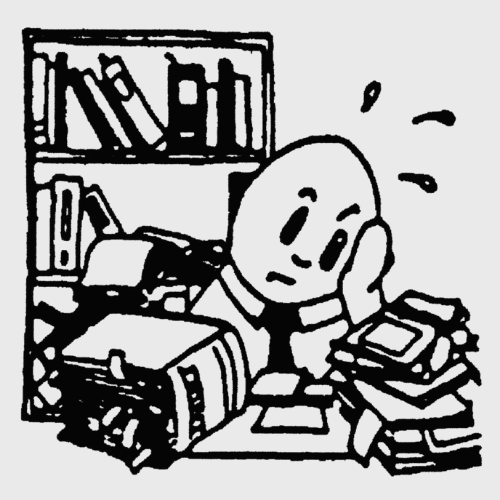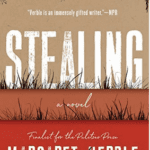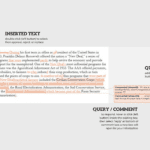originally posted August 11, 2021;
no text revisions to date—
I am fairly sure that we all have our little pet peeves—favorite irritants, like people who just assume they can venture up to the front of a line; double-bay and triple-wide baby carriages that stretch across entire sidewalks; or cars that coast through (at a pretty good clip sometimes) residential stop signs—and that we learn to live with them. In the same vein, many editors I know have words, expressions, phrases, quirks, constructions that they do their best not to live with. One of my editorial pet peeves is the use of “there is” or “there are” as grammatical constructions:
- There are tomatoes in my soup.
- There is a spider in the window.
- There’s a good song on the radio.
- There are only two pieces of pie left.
- There are many colorful leaves falling from that tree.
- There were a lot of accidents today.
Those simple examples should show what I’m talking about.
I’m not sure exactly when this pet peeve took on a role in my editorial evaluations and reviews, but I suspect it resulted from a writer or two I worked with recently who overused the combinations. True confession: earlier in my writing career, I overused the construction myself—one of my journalism instructors at Manchester College, in fact, called me out for using “there is” and “there are” (and the related crutch of “it is” and “it’s”)—and I remember having a difficult time switching to a more active and informative style. But, I did, and I later earned merit points with a mentor as I began serious editing.
The trouble with using “there is” / “there are” is that the wording creates a lazy, amateurish construction that can either remain ambiguous or result in using more words to make a point than are required when stating outright what is meant. Repairs are usually simple: just recast, or rewrite, the sentence—with the vocabulary already provided. Consider these alternatives to the examples above:
- My soup has tomatoes in it.
- I see a spider in the window.
- That song on the radio is a good one.
- Only two pieces of pie are left.
- Many colorful leaves are falling from that tree.
- A lot of accidents happened today.
Which list provides more information in a clearer manner? I’m thinking you will agree that the second list is an improvement (these items are minimally shorter, as well); and note, my revisions are by no means the only ways to make improvements to those sentences—use your own imagination to create other also-correct variations. The fact is that “there is” and “there are” just don’t convey much of a message, and you can write better if you pay attention and think about what you want to say.
Officially, “there” (as well as the misused “it”), in this sense, is known as a grammatical expletive. More commonly, though, scholars refer to this type of construction—when used with the appropriate form of to be—as creating a dummy subject or a prop subject (a reference used in the New Fowler’s Modern English Usage). Others (such as linguist and lexicographer Bryan A. Garner in Garner’s Modern American Usage) have called the term a signal of compositional clutter that too often robs the involved sentence of a strong verb and a good subject. As a final consideration, the construction is difficult for English-language learners to work with because it does usually hide the subject by creating a cleft sentence and throwing necessary information to the predicate.
But that’s pretty technical and tedious stuff—rules and conventions for editors to recognize, as outlined in the Chicago Manual of Style. Suffice to say, simply, that writers should avoid the use of “there is” / “there are” as much as possible.
Not an example of misusing “there,” but the following statement from a morning meteorologist illustrates how the closely related expletive “it” can be used to say virtually nothing: “It’s hard to believe, but it’s already 8:45, and it’s going to be a hot and steamy day until it clears up late this evening.” I promise I was wide awake at that moment.
And, perhaps that wording is okay—though grating—for a verbal announcement on the morning news, but in a written format: what a perfect example of lazy construction!
Stephen, the-freelance-editor,
where we work with our clients to help them say
what they want to say to the audience they want to reach.
Contact us, even when you just think you might be needing us!
And, please like or share this post or leave a comment—
on any of our growing social media outlets.
the-freelance-editor.com has many specialty divisions—including the-blog-editor,
the-museum-editor, and even the-young-adult-editor—to suit your writing needs.
image information: Featured image via a post that provides another examination of grammatical expletives, how to avoid them to improve your writing—and when they can be used for good! Compiled by writer/publisher/teacher Derek Haines on his blog, Just Publishing Advice; revised on June 28, 2021







